Aarong
July 29, 2021
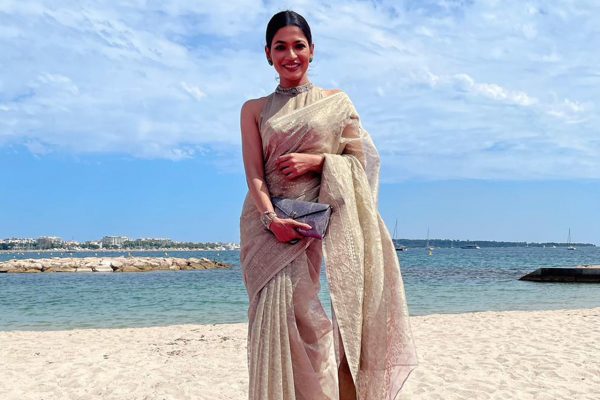
Published by Asif Mustafa at Jul 29 2021
Categories
A jamdani saree graced the French Riviera this month, as actress Azmeri Haque Badhon represented Bangladesh at the Cannes Film Festival. While jamdani is a symbol of sophistication, beauty and grace, and has always travelled across the world, the story behind the weaving technique is not well known - the art of weaving jamdani almost became extinct just decades ago.
March 8, 2021
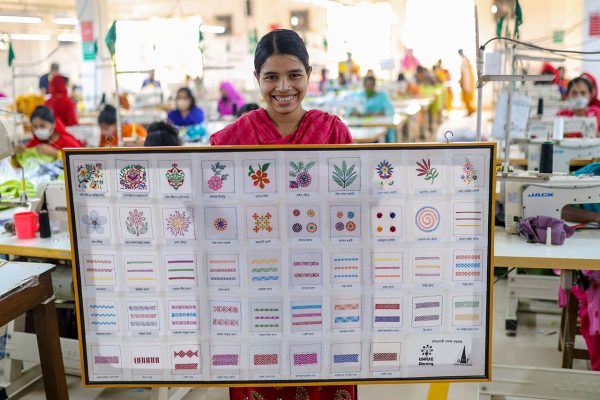
Published by Miftahul Jannat Chowdhury at Mar 08 2021
Categories
Many women in Bangladesh woke up this morning, draped a saree and went about their day. For women living in rural areas, the saree was likely worn as an everyday item of dress, and for women living in urban areas, the saree could have been worn to a special occasion for International Women’s Day. Today, we share the story of one of the women behind those sarees.
September 1, 2018

Published by BRAC at Sep 01 2018
Categories
Bangladesh has enjoyed considerable economic growth over the past few decades, however its employment driven opportunities have been sluggish. Such proliferation of 'jobless growth' is a result of inadequate opportunities for the large wave of young people who are prepared to enter the workforce but cannot seem to do so.
December 17, 2017

Published by Ali Iqbal Murshed at Dec 17 2017
Categories
When women have more access to financial as well as physical assets, it provides them with a base of authority that is important in staking her claim for equal or fair treatment.
November 9, 2015
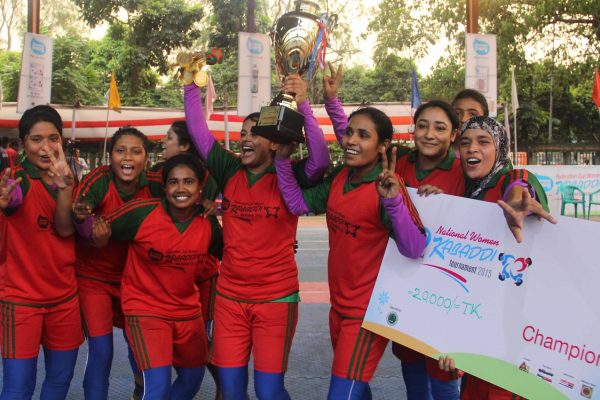
Published by Tanzia Haq at Nov 09 2015
For young girls hailing from disadvantaged communities, activities such as competitive sports not only encourage them to discuss sensitive health issues but also empower them to take up leadership roles in their societies. For women, participating in team sports also enables a sense of unity that helps them be seen as champions within their communities.
September 1, 2015
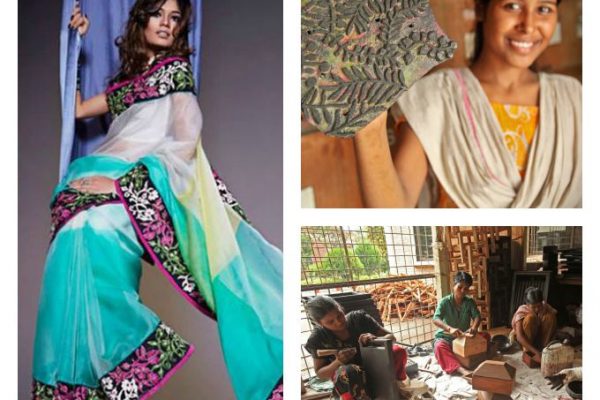
Published by Tanvir Hossain at Sep 01 2015
Categories
The world’s most famous brands reach their consumers through ad campaigns with supermodels and celebrity endorsements. Their glamorous photoshoots are raised on billboards, magazine covers, and in store displays. They run special offers through newspapers and direct mailers, or email you a coupon code you can use on their website. They have 50,000 square feet retail stores with large window displays and products visually merchandised to awe the customer. So what does a brand such as Aarong, who sells handicraft goods, do to market their products? The exact same thing.
August 20, 2015
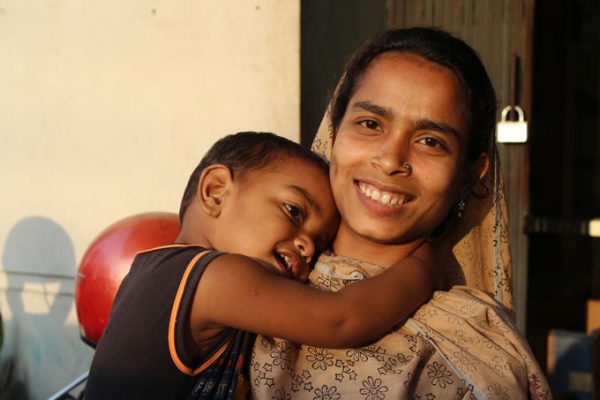
Published by Heidi Lowe at Aug 20 2015
Categories
Aarong, one of BRAC’s social enterprises employs 65,000 artisans, 85 per cent of whom are women. These artisans find an extensive support system through the Ayesha Abed Foundation, Aarong’s network of production hubs which are spread all over Bangladesh.
April 19, 2015
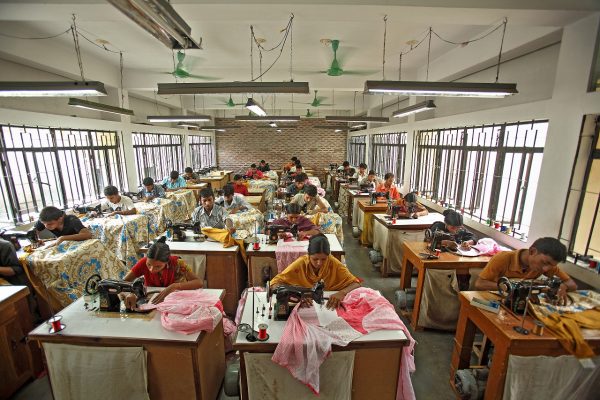
Published by Tanvir Hossain at Apr 19 2015
Categories
In the minds of global consumers, reading labels on products originating from the global South trigger images of sweatshops, child labour, and the unscrupulous owners poorly paying their workers. In the past decade, the global backlash has forced major brands to reconsider the ethical practices of their sourcing. The fair trade movement has long advocated for certain principles, successfully placing a new form of branding on products that carry its label. Often, consumers simply equate fair trade to payment of fair wages. However it goes far beyond a few extra dollars in the pockets of producers to ensure their sustainability.
February 2, 2015
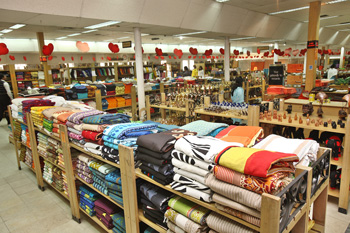
Published by Heidi Lowe at Feb 02 2015
Categories
As customers enter Aarong retail stores, they are met by fine textiles and handicrafts that the brand strives to preserve. But what goes on behind the retail front and how do these iconic products come into being?
January 18, 2015
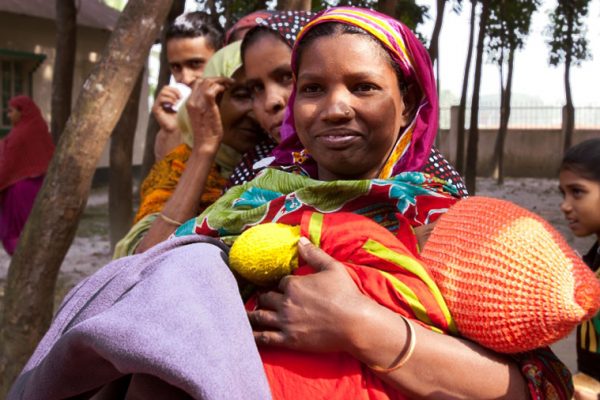
Published by Bithun Tasnuva Mazid at Jan 18 2015
This winter, BRAC reached out to distribute over 100,000 blankets and warm clothes all over Bangladesh. Lives are lost every year in the country due to the cold spell that affects the poor and homeless who cannot afford warm clothing and appropriate housing. The Give Warmth This Winter campaign was launched in December 2014 with the aim to effectively ensure that warmth reaches those who are in need.
December 28, 2014
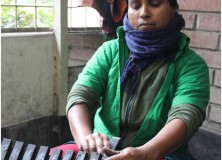
Published by Heidi Lowe at Dec 28 2014
When you meet Fatema, ‘transvestite’ is not the word that immediately comes to mind. But that is how she is referred to by colleagues and strangers alike. She prefers to wear shirts instead of covering herself with a dupatta (scarf) and wears her hair short.In Bangladesh her behaviour goes beyond most peoples’ social expectations regarding gender.
December 11, 2014
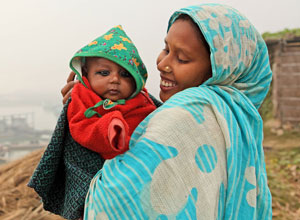
Published by Miriam Kennedy at Dec 11 2014
Did you know that last year 80 people died in northern Bangladesh from the cold? It is unacceptable that people are dying from the cold when in some cases warmer clothes and blankets could make the difference between life and death.

